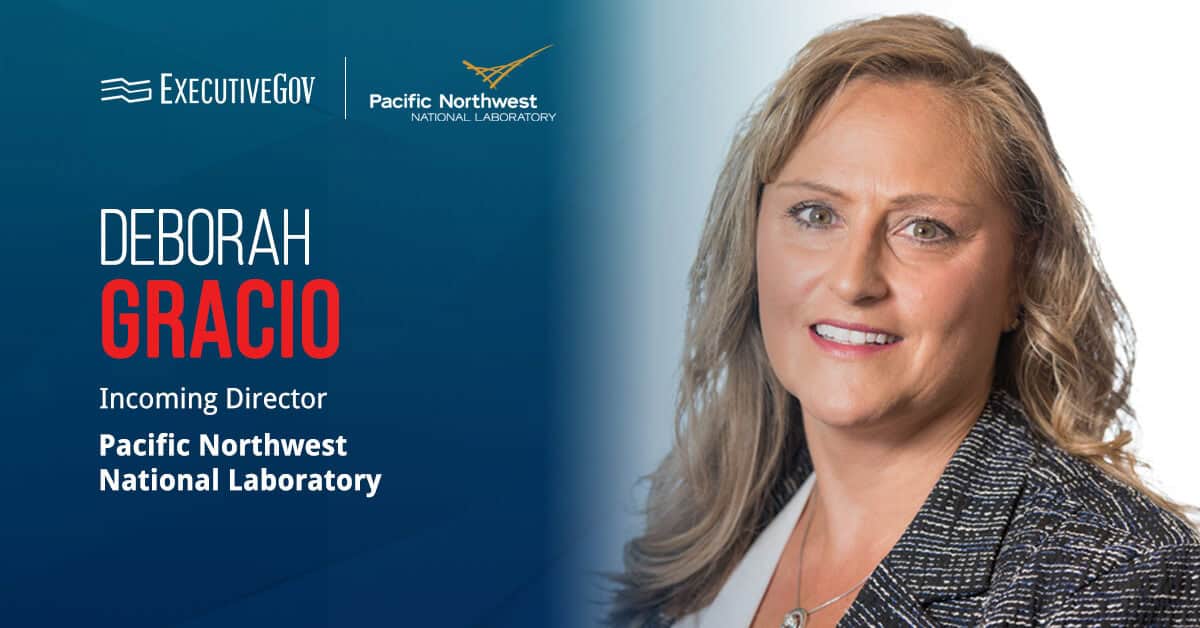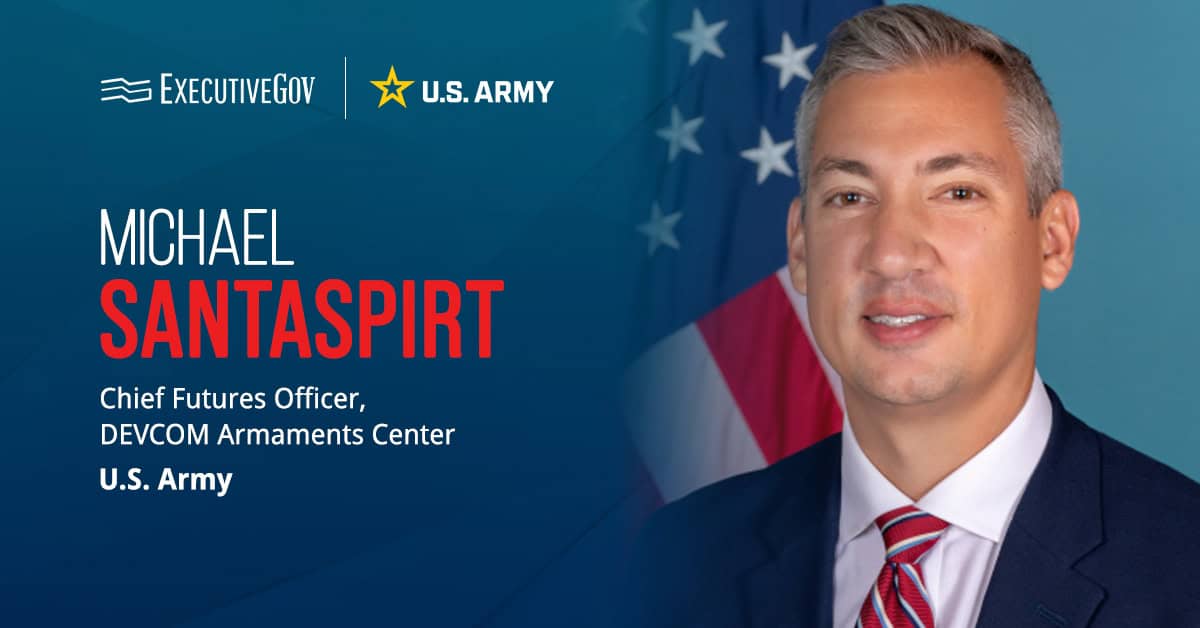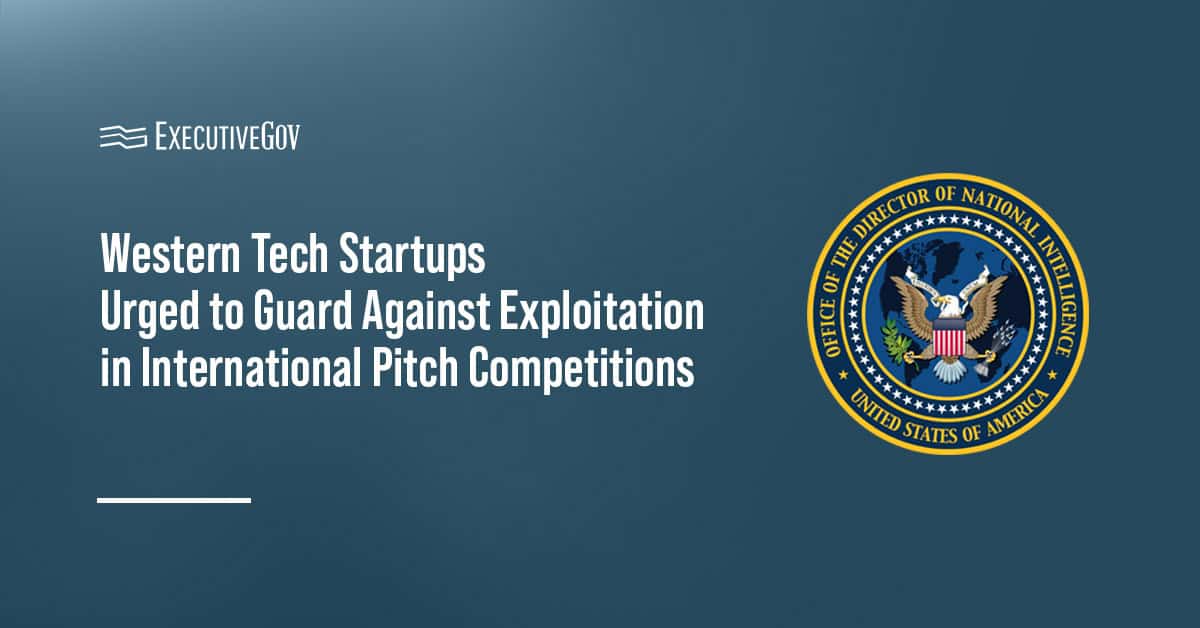Software company Red Hat has provided data integration services for the largest network of hospital research centers in Canada, consolidating 170 systems into one platform.
Toronto’s University Health Network utilized the program Red Hat Integration to modernize its core hospital information system and create an accessible linkage between different data environments, the Raleigh, North Carolina-based company announced Tuesday.
Atif Chaughtai, senior director of Red Hat’s global healthcare business, explained that interoperability, empowered by programs like Red Hat Integration, is a key focus because it can help “drive down the cost of healthcare and improve patient outcomes.”
“Red Hat’s open source supported platform enables organizations such as University Health Network, to focus on delivering improved patient care and experiences,” Chaughtai continued.
UHN employed Red Hat Fuse, a function of Red Hat Integration, to streamline and strengthen data collection, delivery and scalability. The platform is reportedly able to unite legacy systems (such as the one UHN had previously), application programming interfaces and Internet of Things devices to establish a smooth-running network.
Red Hat’s efforts are aimed to allow patient records to be easily obtained yet still highly secure as the individual might be transferred to another department or facility. On the basis of security concerns, data is still stored within on-site servers, but UHN is said to be considering a move to Red Hat OpenShift, the company’s Kubernetes platform, to store data virtually in the future.
UHN also said they are eyeing artificial intelligence technologies as a future step to grow their information management and create efficient processes. This is in line with what Red Hat’s Clara Conti saw as an oncoming embrace of AI and machine learning in a recent interview with GovConWire.
“Over the past couple of years, AI and ML have advanced tremendously, often thanks to the elasticity of public clouds and GPU-enabled supercomputing…Open source AI and ML at the edge can make not only the impossible possible but they make the impossible possible faster,” Conti, a Wash100 Award winner, remarked.





